Trees are an important part of our environment, providing us with shade, oxygen, and helping to maintain the health of ecosystems. But they can also be vulnerable to pests and diseases, and if left untreated, these threats can cause serious damage or even death. In this article, we'll explore the different methods of treating pests and diseases on trees, from biological to chemical treatments. We'll also examine the long-term effects of these treatments on the health of the tree and the environment.
Whether you're a homeowner looking to protect your trees or a professional arborist, this article will provide you with all the information you need to treat pests and diseases on trees safely and effectively.
The first step in treating tree pests and diseases is to accurately identify them
. Different pests and diseases can cause similar symptoms, so it’s important to know what to look for. Common signs of pests or diseases include yellowing or wilting leaves, leaf spots, bark cankers, or dead branches. Once you have identified the pest or disease, you can determine the best treatment plan.In some cases, the best solution is to remove the affected tree parts. This may involve pruning away dead branches or removing infested leaves. If the pest or disease is particularly severe, you may need to remove the entire tree. You can also use chemical treatments to control pests and diseases.
Pesticides can be used to kill pests, while fungicides can be used to control fungal infections. When using chemical treatments, it’s important to follow the directions closely and wear protective clothing.
Prevention is also key when it comes to protecting trees from pests and diseases
. Regular maintenance such as pruning, mulching, fertilizing, and watering can help keep trees healthy and less susceptible to infestations or infections. Additionally, it’s important to inspect your trees regularly for signs of pests or diseases.If you catch a problem early on, it will be easier to treat it. Finally, it’s important to know when to call in a professional. If you’re unsure how to identify a pest or disease, or if you don’t have the necessary tools or expertise to treat it, a certified arborist can provide expert advice and assistance.
Preventative Measures
Prevention is the best way to protect trees from pests and diseases. Taking proactive steps to maintain trees can help to reduce the risk of pests and diseases taking hold. Regular maintenance such as pruning, mulching, fertilizing, and watering can help to protect trees against potential threats.Pruning helps to remove dead or weak branches from trees, which can provide an entry point for pests and diseases. Mulching helps to create a barrier between the soil and the tree, providing an additional layer of protection. Fertilizing helps to ensure that the tree has access to the nutrients it needs to remain healthy, while watering helps to keep the tree hydrated. Regular inspections of trees can also help to spot any signs of potential problems early on, allowing for prompt treatment before any significant damage occurs.
Additionally, selecting disease-resistant varieties of trees can help to lower the risk of diseases taking hold.
Treatment Strategies
When it comes to treating pests and diseases on trees, there are several strategies to consider. The most common methods involve either removing affected parts of the tree or applying chemical treatments such as pesticides and fungicides. Removal of affected parts is generally a good option for smaller trees and can be done by pruning away dead or diseased branches or leaves.If the damage is severe, it may be necessary to remove the entire tree. For more serious infestations, chemical treatments are sometimes necessary. Pesticides are designed to kill or repel insects that feed on trees, while fungicides help control fungi that cause diseases. These treatments can be applied directly to the tree's bark or foliage, or they can be injected into the soil. It is important to understand the type of pest or disease affecting your tree before selecting a treatment strategy. Consulting with a certified arborist can help you determine the best course of action.
Identifying Pests and Diseases
Accurately identifying pests and diseases on trees is essential for preventing further damage, as different pests and diseases require different treatments and prevention strategies.Knowing what is causing the issue can help to quickly address it, and can save time and money in the long run. Common signs of infestation or infection include discolored or distorted leaves, wilting, holes in leaves or bark, and sawdust-like material on the ground or in crevices. Insects are often the main culprit when it comes to tree pests. These can range from small mites to larger beetles. Insects may cause damage by consuming leaves and fruit, or by boring into the tree.
Fungal diseases are another common cause of tree damage, which will typically cause discoloration or wilting of leaves, as well as spots on the bark. In some cases, fungal diseases may also affect the roots of trees. It's important to inspect trees regularly for signs of pests or disease, as early detection can help to prevent further damage. If you suspect that your tree may be infested or infected with a pest or disease, contact a professional arborist for advice.
When to Call in a Professional
When it comes to treating pests and diseases on trees, there are certain situations where it is best to call in a professional. In cases of severe infestation or disease, a professional arborist or pest control specialist will have the knowledge and experience to diagnose and treat the problem correctly.If the tree is located in a hard-to-reach area, a professional may be needed to safely remove or treat the tree. If the tree has been damaged by storms or other natural disasters, a professional arborist can assess the damage and determine the best course of action. Finally, if the infestation or disease is widespread, a professional may be able to advise on the most effective way to treat it. In any situation where you are unsure of how to identify or treat a pest or disease on your tree, it is best to consult with an experienced professional. A qualified arborist or pest control specialist can provide personalized advice and guidance on the best way to tackle the problem. Treating pests and diseases on trees requires careful identification of the problem followed by an appropriate treatment plan.
Prevention is also essential for keeping trees healthy and reducing the risk of infestation or infection. If you’re unsure how to identify a pest or disease on your tree, or if you don’t feel comfortable treating it yourself, don’t hesitate to call in a certified arborist. Properly identifying pests and diseases, utilizing effective treatments, and taking preventative measures are key to maintaining the health of your trees.
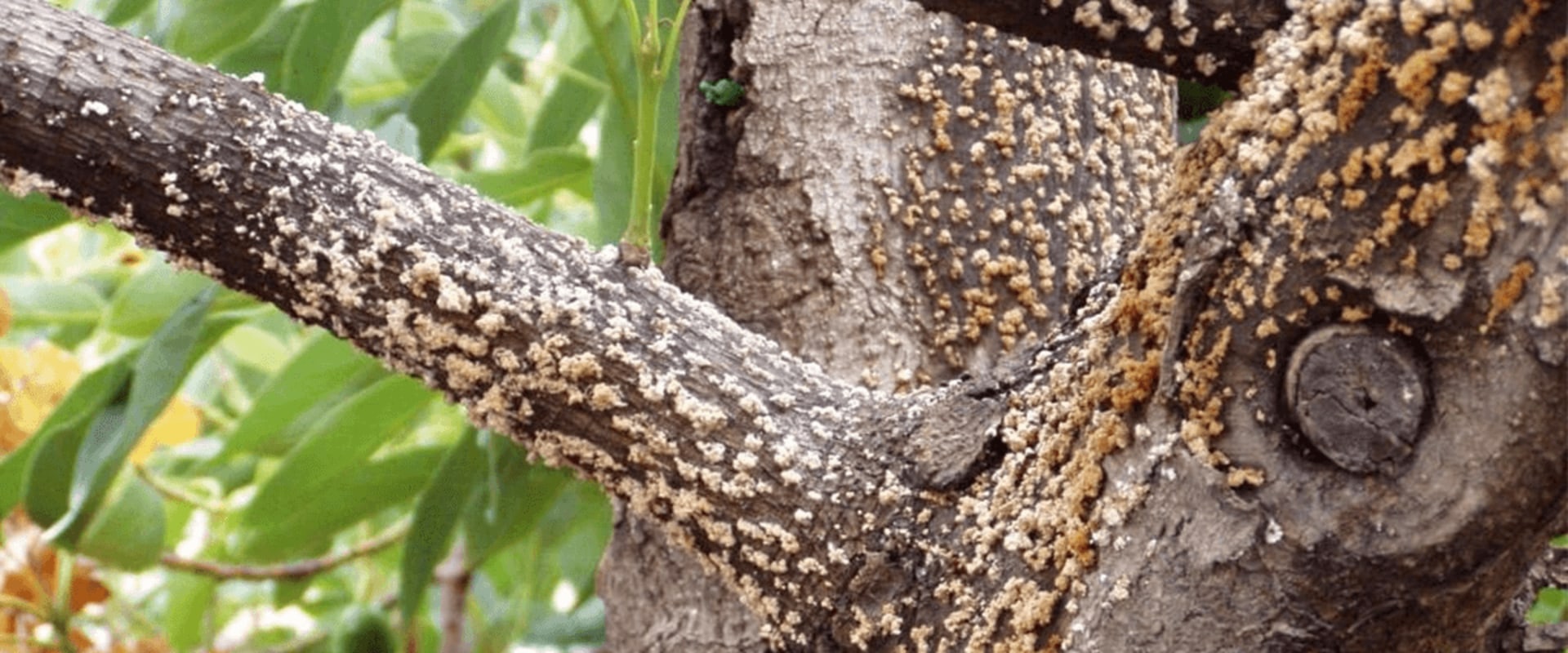
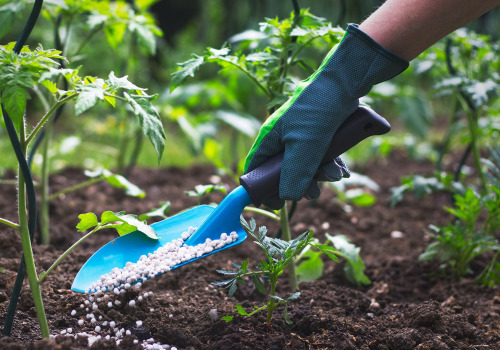
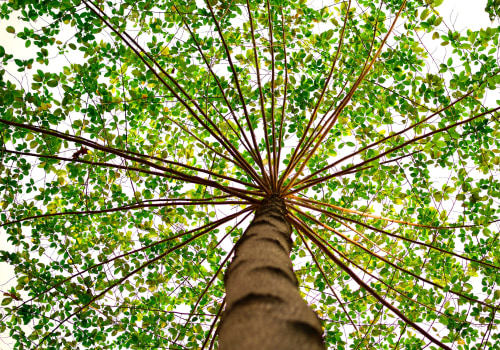
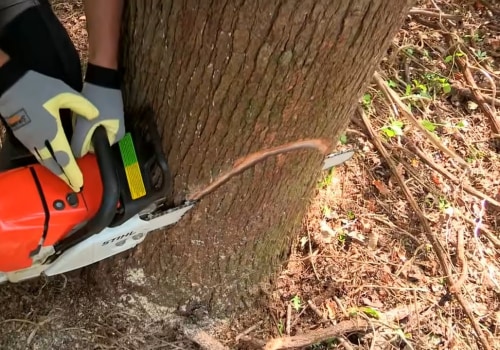
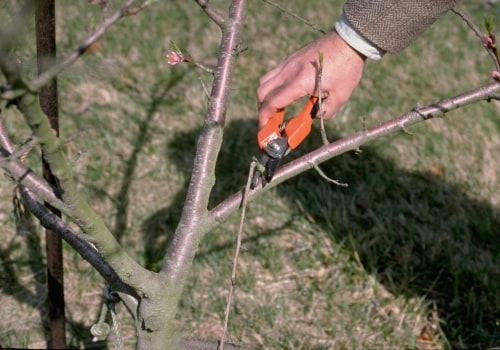
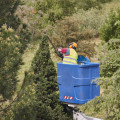
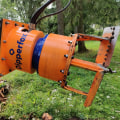
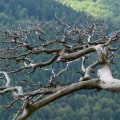
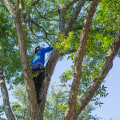
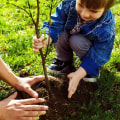

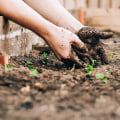
Leave Message